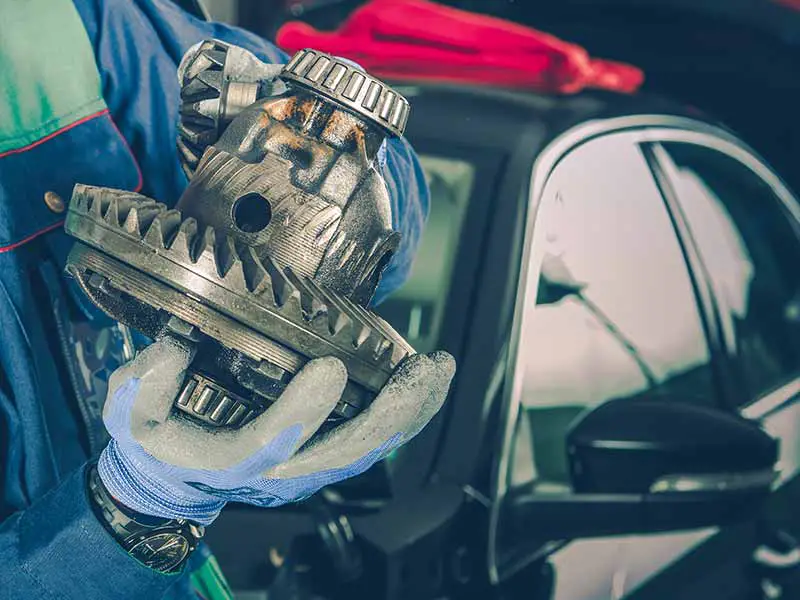Did you know the secret to a smoother ride, better control, and improved handling of your vehicle might be hiding in a drivetrain component you’ve probably never heard of? It’s like the hidden superpower within your car or truck, working behind the scenes to make every drive safer and more enjoyable.
What Is A Limited Slip Differential
A Limited Slip Differential (LSD) is a type of differential that redistributes torque or power between the wheels of a vehicle. It ensures both wheels spin at different speeds when needed, improving traction and handling, particularly during turns or on slippery surfaces.
In this article, we’ll uncover the fascinating world of Limited Slip Differentials. We’ll discuss their workings, explore different types, and pit them against their open counterparts. We’ll also dive into their advantages, disadvantages, common problems, and how to tell if your vehicle has one.
Let’s take a closer look.
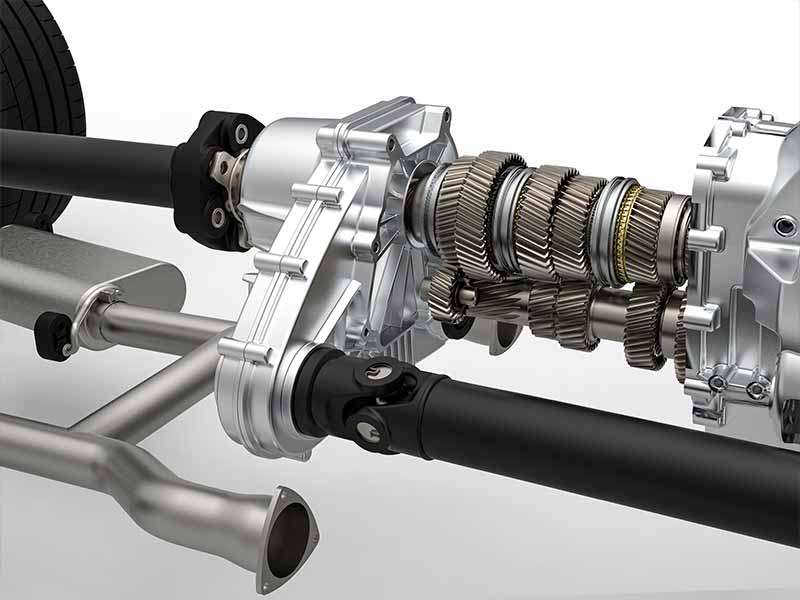
The Basics: Understanding What a Differential Is
Let’s start with the basics. Picture this. You’re driving your car or truck around a bend. You’ll notice that the outside wheel has to cover a greater distance compared to the inner wheel. Pretty simple, right? But here’s the thing – if both wheels were to spin at the same speed, the inner wheel would drag or skid. This is where a magical component called a ‘differential’ steps in.
The Role of a Differential
So, what does a differential do? Its main role is to allow the wheels to spin at different speeds. This becomes extremely crucial when your vehicle is making turns. In essence, it ensures your ride remains smooth and your tires don’t wear out prematurely.
- Outer Wheel vs Inner Wheel: During a turn, the outer wheel travels a longer path than the inner wheel. This means it needs to spin faster to keep up. A differential permits this variation in speed.
- Smooth Transitions: Without a differential, wheels would judder and hop during turns. That doesn’t sound like a fun ride, right? By allowing wheels to turn at different speeds, a differential provides a smoother driving experience.
- Power Distribution: Differentials also evenly distribute the engine’s power, or torque, to the wheels. This helps your vehicle maintain stability and control, especially during turns.
Traditional Open Differentials: A Blessing and a Curse
What is an Open Differential?
An open differential is the most basic type of differential. It does a great job at the tasks we discussed – permitting wheels to rotate at different speeds and distributing power. But it has a significant shortcoming.
The Problem with Wheel Slip
Imagine you’re driving on a slippery road, maybe it’s raining, or perhaps there’s some gravel. One of your wheels, let’s say the left one, loses grip while the right one is on a firm surface. What happens?
Here’s the thing about an open differential. It always splits the torque equally between the two wheels. In this situation, the wheel on the slippery surface (the left one) will start to spin faster. This is because it’s easier for the engine to send power to the wheel with less resistance – the one that’s slipping. Meanwhile, the wheel with good traction (the right one) receives less power. The result? Your vehicle struggles to move forward.
This situation, my friends, is what we call ‘wheel slip’. It’s the Achilles’ heel of traditional open differentials. And that’s where our hero, the ‘Limited Slip Differential’, comes to the rescue! But let’s not get ahead of ourselves. We’ll delve into the details of LSDs in the next sections.
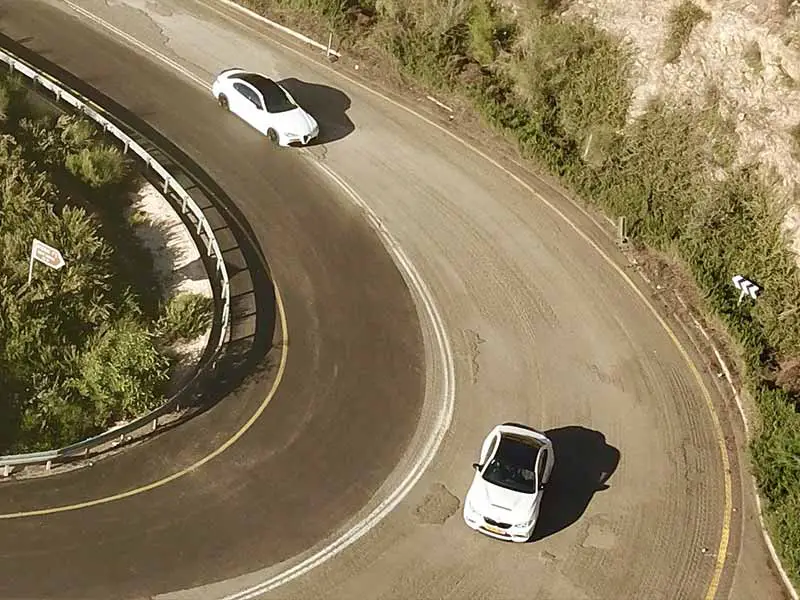
The Marvel of a Limited Slip Differential: An Overview
Now that we’ve got the basics covered, let’s delve into the world of Limited Slip Differentials (LSD). If a traditional open differential is like your regular bicycle, think of an LSD as a high-powered mountain bike, designed to handle all kinds of terrain.
The Key Role of Torque Input
Remember our previous example with the slippery road? This is where LSDs shine. They’re like the superheroes of the differential world, combating the villain we called ‘wheel slip’.
One of the key roles of an LSD is managing torque input. Torque, in simple terms, is the force that makes your vehicle’s wheels spin. Torque input is the amount of this force that is fed into the differential from the driveshaft. An LSD can cleverly manage and redistribute this torque to counteract wheel slip.
The Clutch Pack: The Secret Sauce of LSD
You might be wondering, “How does an LSD do this?” The answer lies in something called a ‘clutch pack’.
- What is a Clutch Pack? A clutch pack is a group of discs, alternating between those connected to the differential carrier and those connected to the axle. It’s kind of like a sandwich of discs.
- The Role of the Clutch Pack: The clutch pack in an LSD plays a crucial role. It controls how much torque gets sent to each wheel. When one wheel starts to slip (like our left wheel in the previous example), the clutch pack springs into action. It increases the torque to the slower wheel (the right one, in this case), helping to maintain traction and keep your vehicle moving forward.
- Torque Sensing: The ability to sense differences in wheel speed (or torque) and adjust accordingly is one of the key features of an LSD. This is called ‘torque sensing’. It’s like having a smart assistant, constantly monitoring and adjusting to ensure optimal performance.
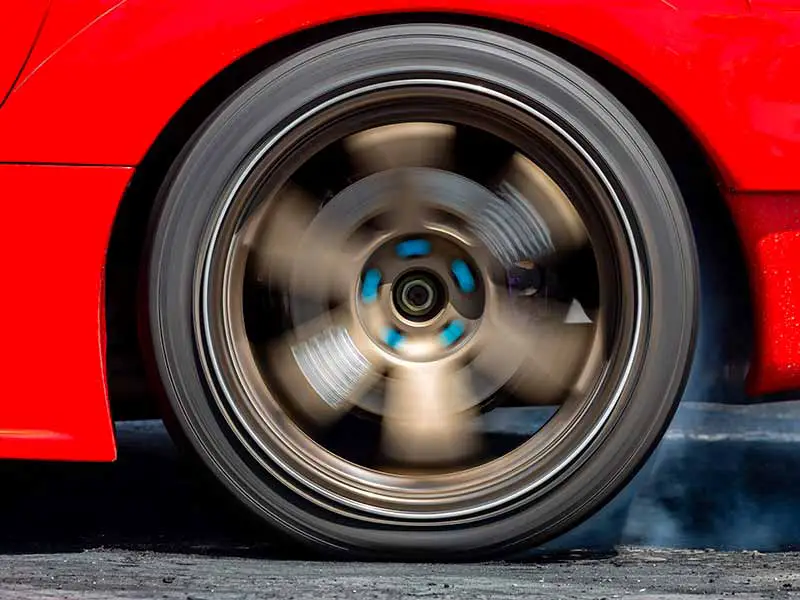
Delving into the Types of Limited Slip Differentials
Just like different kinds of chocolate chip cookies, all LSDs share a basic recipe, but the variations in ingredients and baking methods can yield very different results. Let’s explore these different types and find out what makes each one unique.
Mechanical Limited Slip Differentials: Old-School yet Effective
Mechanical LSDs, also known as traditional LSDs, are the most common type. They primarily use gears and springs inside the differential carrier, working in sync with the clutch pack.
- How it Works: When one wheel starts slipping, the mechanical elements inside the differential respond to the change in speed. They exert additional pressure on the clutch pack, increasing the torque sent to the slower wheel.
- Where it Shines: Traditional LSDs are quite effective on slippery surfaces like mud or loose gravel. They can also help improve handling during sharp turns, as they keep power consistent between the wheels.
Viscous LSDs: Simplicity at its Best
Imagine having a cup of honey. When you stir it slowly, it flows easily, but if you try to stir quickly, you meet with resistance. This is the principle behind a Viscous LSD.
- What Makes it Unique: Instead of a traditional clutch pack, a Viscous LSD uses a thick liquid (like our cup of honey) between a set of discs connected to each axle.
- How it Works: When one wheel starts to spin faster than the other, the liquid heats up and thickens. This creates resistance, which slows down the faster wheel and transfers more power to the slower one.
Electronic Limited Slip Differentials: The High-Tech Prodigy
Electronic LSDs are the latest addition to the LSD family, a high-tech prodigy in a world of traditionalists.
- The Role of Electronics: Instead of relying solely on mechanical parts, an electronic LSD uses sensors and a chassis control system to electronically monitor wheel slip.
- How it Works: When the system detects one wheel spinning faster than the other, it can instantly adjust the amount of torque sent to each wheel. This is usually done by applying the brake to the slipping wheel or by adjusting the power output from the engine.
- Where it Shines: Electronic LSDs provide extremely precise control. They’re commonly found in modern performance cars and are ideal for situations that require quick, responsive adjustments, such as high-speed driving or sudden changes in road conditions.
This Old Video From Chevrolet Does An Excellent Job Of Explaining How A Basic Differential Works.
Limited Slip Differential vs Open Differential: A Face-off
It’s time for a face-off! Just like comparing superheroes, we’re putting the Limited Slip Differential and the Open Differential in the ring. Each has its strengths and weaknesses, but who comes out on top? Let’s dive in!
Handling and Performance: The LSD Advantage
Think of the LSD as a team player. It’s constantly working, adjusting, and redirecting power to keep your vehicle stable, particularly during turns or on slippery surfaces.
- Better Control: LSD allows for smoother turns and better handling. By redirecting torque to the slower wheel (usually the inner wheel during a turn), it ensures that both wheels stay firmly on the ground, giving you better control over your vehicle.
- Preventing Wheel Spin: Remember the villain ‘wheel slip’ we discussed earlier? Well, the LSD effectively tackles this. By redistributing torque to the wheel with better traction (say, from the left wheel on a slippery patch to the right wheel on firm ground), LSD prevents excessive wheel spin. This feature is particularly useful if you’re driving in challenging conditions or if you like to push your vehicle’s performance limits.
On the other hand, an open differential, while great for most normal driving situations, tends to falter when the going gets tough.
The Choice in Different Situations
- Open Differential: If you’re mostly driving in the city, under normal road conditions, an open differential should serve you just fine. It’s like your reliable, everyday hero.
- LSD: If, however, you often drive on slippery surfaces (think wet roads, gravel, or snow), or if you like going off-road or own a performance car, an LSD could be your secret weapon. It’s more like a superhero, ready to kick in with extra powers when things get tricky.
It’s important to note that while LSDs seem to have an advantage in our face-off, they aren’t always the best choice for everyone.

Advantages and Disadvantages of LSD
While Limited Slip Differentials sound like the ultimate superheroes of the differential world, it’s crucial to understand they aren’t perfect. Just like every superhero has strengths and weaknesses, so does an LSD. Let’s dive into the pros and cons.
Advantages: Where LSDs Shine
- Superior Traction: LSDs offer superior traction, especially in difficult driving conditions. Whether it’s rain, snow, or gravel, LSDs can transfer torque to the wheel with better grip, helping you stay in control.
- Improved Handling: LSDs can significantly improve handling, particularly during high-speed driving or sharp turns. They ensure both rear tires maintain a balanced power distribution, preventing unsettling wheel spin and promoting a smooth ride.
- Enhanced Performance: If you’re a speed enthusiast or own a performance car, an LSD can enhance your vehicle’s performance. It ensures your engine’s power is effectively utilized, even during sharp accelerations or sudden changes in direction.
Disadvantages: The Achilles’ Heel
- Complexity and Cost: LSDs are more complex than their open counterparts. This complexity translates to higher manufacturing and maintenance costs. If you’re on a budget, this is definitely a point to consider.
- Potential for Increased Tire Wear: While LSDs generally help reduce premature tire wear, in some situations, they may cause the opposite effect. In high-performance driving conditions, the constant redistribution of torque can lead to increased wear on your tires.
- Less Predictable in Some Scenarios: In certain driving situations, such as off-roading or performance driving, the behavior of an LSD can be less predictable than an open differential. This is due to the LSD’s proactive adjustment of torque between wheels.

Diagnosing Problems: Spotting Issues with Your LSD
As with any complex piece of machinery, things can sometimes go awry with Limited Slip Differentials. However, fret not! As an expert on passenger cars and trucks, I’m here to help you spot some common problems and learn how to tell if you have a Limited Slip Differential.
Signs of Trouble: Identifying LSD Problems
Just like you can feel under the weather, your vehicle can show symptoms of not feeling its best. Here are a few signs that might indicate a problem with your LSD:
- Noise: Unusual noises are often the first sign of trouble. If you hear a clunking or banging sound from your differential when you make a turn, it could mean there’s an issue with your LSD.
- Poor Traction: If you’re noticing that your vehicle’s wheels are slipping more than usual, especially in conditions where they didn’t before, your LSD may not be functioning correctly.
- Uneven Tire Wear: Although this can be caused by various issues, excessive or uneven tire wear, especially on the rear tires, could be an indication of an LSD problem.
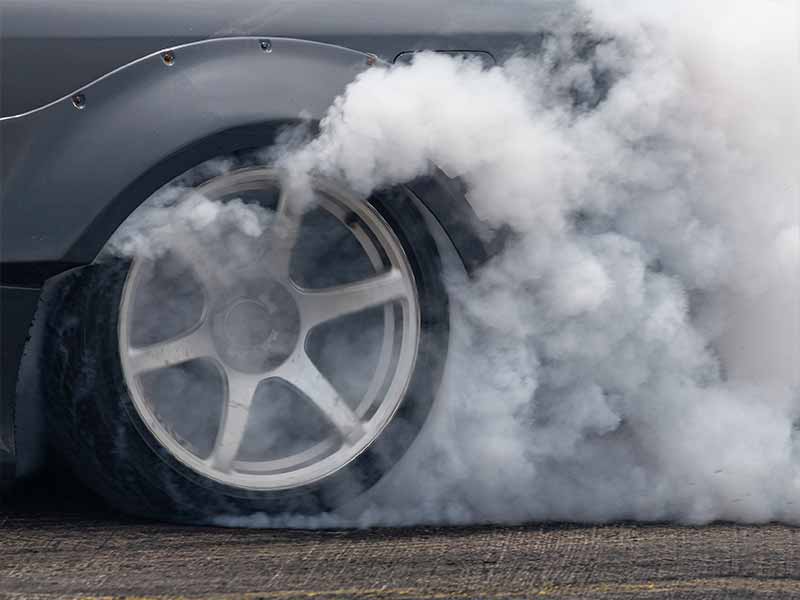
How to Tell If You Have an LSD
Knowing whether your vehicle has an LSD can be essential, especially when diagnosing problems or considering an upgrade. Here are a few ways to check:
- Vehicle’s Manual: The easiest way is to check your vehicle’s manual. It will mention if your vehicle is equipped with an LSD.
- Spin Test: Perform a spin test. Safely jack up the back of your vehicle so both rear wheels are off the ground. Spin one wheel by hand. If the other wheel spins in the same direction, you likely have an LSD. If it spins in the opposite direction, you probably have an open differential.
- Look for Tags or Markings: Some differentials have a tag or marking that identifies them as LSDs. You may need to crawl under your vehicle to find it, so make sure it’s securely supported before you do!
Remember, if you suspect a problem with your LSD, it’s always best to consult a professional mechanic. They can accurately diagnose and fix the issue, ensuring your vehicle is safe and performs at its best.
Resources
Below are some links you may find helpful when learning about tires
Final Thoughts
We’ve learned just how vital Limited Slip Differentials can be. They’re like unsung heroes, tirelessly working under the hood to make your drives smoother, safer, and more enjoyable. From offering superior traction and control on tricky terrains to enhancing your vehicle’s handling, LSDs have a lot to offer.
However, like everything else, they’re not without their quirks. Their complexity can lead to higher costs and potential maintenance issues. And while they generally reduce tire wear, under certain conditions, they might do the opposite. So, when it comes to choosing between an LSD and an open differential, it boils down to your driving needs and preferences. No matter which one you choose, remember that understanding your vehicle’s mechanics makes you a more informed driver.
Good luck and happy motoring.
